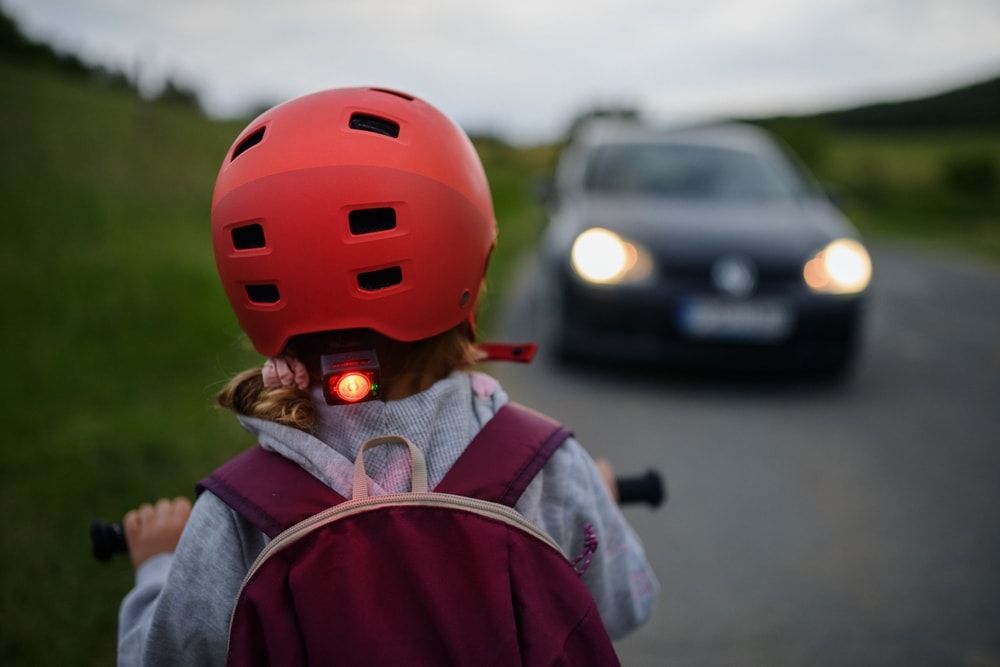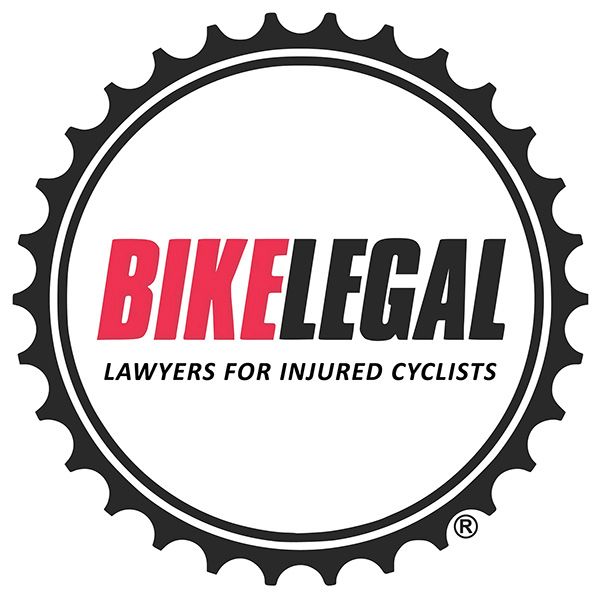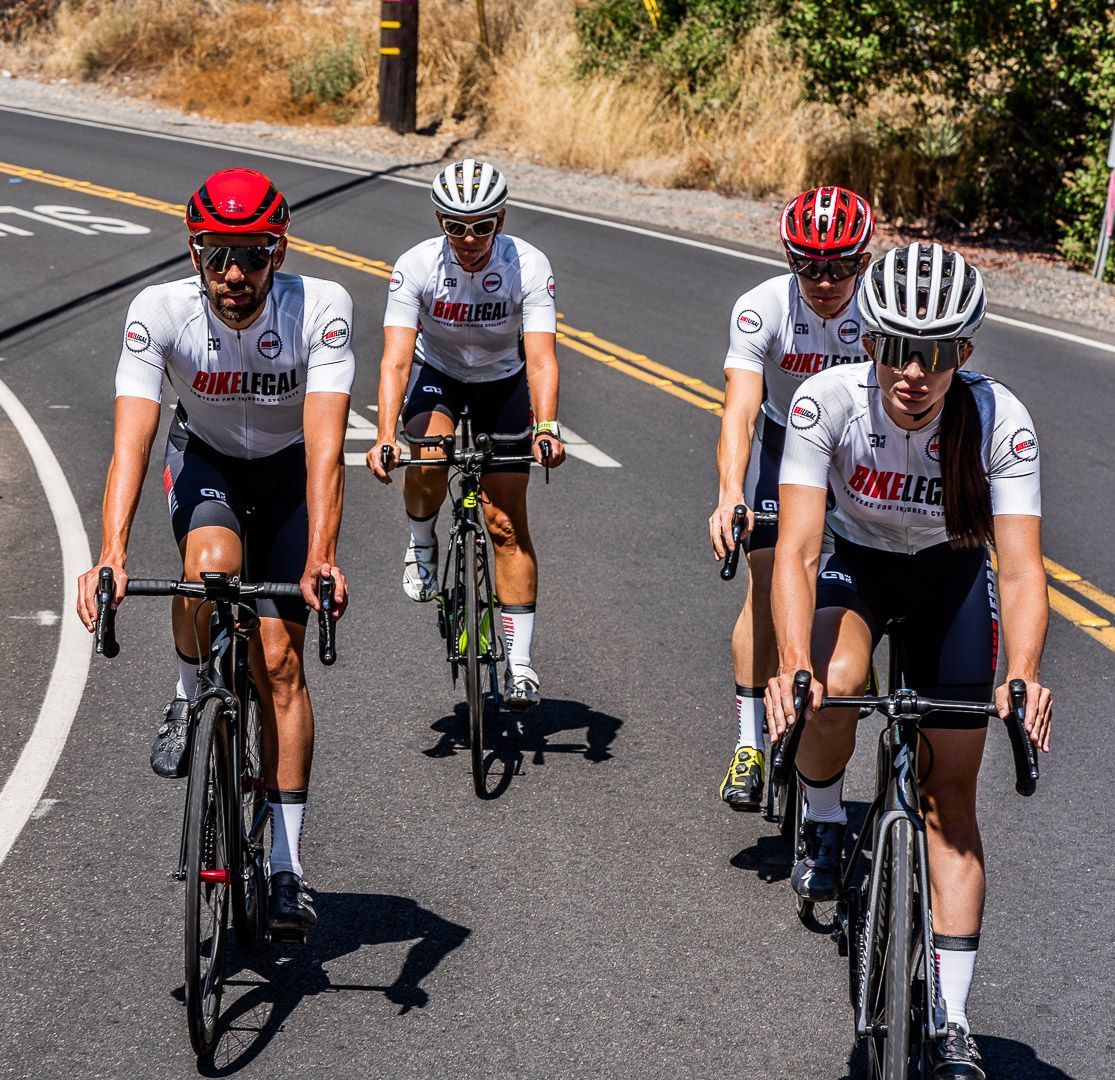San Diego Cities Can Now Ban Kids Under 12 From Riding E-Bikes: How AB 2234 Promotes Safety
Follow us on
social media!
Subtitle:
A new pilot program under California’s AB 2234 gives local governments in San Diego County the power to restrict Class 1 and 2 e-bike use by children under 12.
As electric bikes continue to gain speed and popularity, one thing has become clear: the laws haven’t kept up with the riders. In San Diego County, nearly half of all e-bike collisions involve riders under the age of 18, many of them lacking formal training or safety awareness.
To address this, California’s AB 2234 introduced a pilot program (2025–2029) that gives cities in San Diego County the authority to ban kids under 12 from riding Class 1 and 2 e-bikes.
This guide shares:
- What AB 2234 allows and which cities are opting in so far
- Penalties, required training programs, and how parents are being held accountable
- Possible impact on e-bike safety, access, and future design changes
Why AB 2234 Was Introduced

Assembly Bill 2234 emerged in response to mounting safety concerns across San Diego County regarding children under 12 operating electric bicycles. The legislation aims to address specific local challenges while collecting valuable data on e-bike usage and accidents.
Alarming Statistics
- A 50% increase in e-bike accidents involving children was reported in North San Diego County between 2018-2022.
- Data from the Coronado police and fire departments shows that the city experiences an average of 11 e-bike collisions each year. Adults are involved in 52% of these incidents, while individuals under 18 make up 48% of the collisions.
- The CPSC report reveals that between 2017 and 2022, over 360,000 emergency department visits were linked to e-bikes, e-scooters, and hoverboards. About 36% of those injured were children aged 14 and under.
Core Objectives
- Injury Prevention: Reduce injuries and fatalities among young riders by setting safety standards and restrictions on e-bike use.
- Local Control: Empower communities to implement age restrictions based on local safety concerns and infrastructure.
- Education Over Punishment: Focus on educating riders by offering fine waivers for children who complete certified safety courses.
- Data-Driven Approach: Gather detailed data on accidents, enforcement, and demographics to inform future policy decisions.
Overview of AB 2234: San Diego’s 2025 E-Bike Law
CA Assembly Bill 2234 isn’t a statewide ban—it’s a local pilot with the potential for broader impact. The law gives San Diego County and its cities the option, not the obligation, to restrict e-bike use for children under 12. Importantly, it only applies to Class 1 and Class 2 e-bikes—the models most commonly seen in neighborhoods, near schools, and on sidewalks.
Unlike Class 3 bikes, which are already restricted to riders over 16, this law establishes a lower age limit for slower-speed e-bikes, addressing the increasing number of children involved in accidents.
Here’s how the 2025 rollout works:
- Optional ban: Each city must pass its own ordinance to prohibit children under 12 from riding Class 1 or 2 e-bikes.
- Grace period + fines: Riders get a warning for the first 60 days. After that, a $25 fine applies, which can be waived with proof of completing a certified safety training program.
- Parental liability: Parents or guardians are legally responsible for their child’s unpaid fines.
- Law enforcement reporting: Every stop, search, and citation must be documented and submitted to the state by Jan 1, 2028.
- Education requirement: Cities must run a 30-day public information campaign before enforcement begins.
The pilot runs through January 1, 2029. What happens after depends on how well it works—and whether lawmakers see results in the data.
For a wider look at how California is shaping e-bike policy across counties, see our breakdown of the California E-Bike Laws 2025 and how they impact classification, battery safety, and enforcement across the state.
Understanding E-Bike Classifications in California
If you're unclear on the e-bike classes, here’s a quick breakdown:
- Class 1 E-Bikes: Equipped with a pedal-assist system that activates only when the rider is pedaling, ceasing assistance at 20 mph. Throttle use is prohibited for Class 1 e-bikes.
- Class 2 E-Bikes: Feature a throttle that can propel the bike without pedaling, with motor assistance capping at 20 mph. Riders can choose between pedal-assist and throttle modes.
- Class 3 E-Bikes: Designed for pedal-assist only, these e-bikes assist up to 28 mph and must include a speedometer. Throttle operation is not permitted on Class 3 e-bikes. Statewide age requirement of 16 and older.
Check out our guide: Everything You Need to Know About E-Bikes for a complete overview of classes, motors, and legal use.
Key Changes Introduced by CA AB 2234
AB 2234 isn’t just a simple age restriction—it’s a comprehensive policy designed to address and ensure enforcement, education, and safety. Here’s what the new law sets in motion:
1. What AB 2234 Authorizes
San Diego cities—and unincorporated areas—can now ban children under 12 from operating electric bicycles classified as Class 1 and 2. It’s up to each jurisdiction to adopt the rule locally.
2. Warnings, fines, and training
For the first 60 days, enforcement is lenient, with only warning notices issued.
After that, violators get a
$25 citation—but there’s a way out.
If a parent or guardian submits proof that the child completed a certified safety course within 120 days, the fine is waived.
Parents? You’re not off the hook. Under AB 2234, you're jointly liable for any unpaid fines if your child breaks the rule.
3. Mandatory reporting to the state
Jurisdictions that adopt the ordinance must submit a comprehensive report to the Legislature by Jan 1, 2028.
That report must include:
- Number of traffic stops for violations.
- Outcomes (warnings, citations, property seizures, arrests).
- Actions taken by officers during traffic stops, including:
- Consent searches – Whether the officer asked for consent and if it was granted.
- Searches conducted – Basis for the search and any contraband or evidence found.
- Property seizures – Type of property seized and reason for confiscation.
- Demographic details (race, gender, approximate age) based on officer perception.
- Instances where a child was stopped but found to be over 12.
- Crash data involving children under 12 before and after the ordinance.
- Number of violators who opted for training instead of paying the fine.
4. Awareness before enforcement
No city can issue fines before running a 30-day public education campaign. That includes press releases and announcements across major media.
5. Program expiration and sunset clause
This is a pilot program, not a permanent change. It will expire on January 1, 2029, unless renewed.
Which Cities in San Diego County Have Implemented the Pilot Program
So far, Coronado is the only city in San Diego County that has officially adopted the e-bike safety pilot program under AB 2234. The city began issuing verbal warnings in January 2025, with fines of $25 taking effect from March 4. Parents can still avoid the fine by submitting proof their child completed a certified e-bike safety course within 120 days of the citation.
Other cities like Carlsbad and Encinitas haven’t opted in yet but have declared local emergencies in response to e-bike-related injuries. Solana Beach and Chula Vista officials have also voiced support and are weighing local adoption. But as of this writing, no other cities have formally passed ordinances to join the pilot.
And it’s not just San Diego. Santa Barbara is also adapting their e-bike laws in 2025 in response to rising concerns about safety and youth ridership.
Other California counties grappling with outdated e-bike policies and rising crash rates. Learn how officials are bridging regulatory gaps in Orange County as part of a broader statewide push.
What This Means for San Diego Families and Riders

Families with young e-bike riders need to prepare for potential changes in local regulations. Since the program is optional, the impact will vary depending on the jurisdiction in which you live.
- Parental Awareness: Parents should closely monitor children's e-bike usage, particularly those under 12, and understand their city's specific regulations.
- Future Possibilities: Expect possible local ordinances and enforcement to roll out in various San Diego communities throughout 2025-2026.
- Safety Training: Families should consider enrolling children in certified e-bike safety training programs, which provide essential safety skills.
- Documentation Requirements: Parents should keep proof of safety course completion and be ready to present it if their child is cited or questioned.
- Helmet Compliance: Ensure your children always wear properly fitted helmets, as this requirement is strictly enforced for all riders under 18.
Frequently Asked Questions
1. What are the new e-bike laws in San Diego?
Under Assembly Bill 2234, cities within San Diego County can choose to prohibit individuals under 12 from operating Class 1 or Class 2 electric bicycles. This pilot program is optional and runs through January 1, 2029, reflecting the evolving San Diego ebike laws. Coronado is the first city to implement this restriction, while other cities like Carlsbad and Encinitas are considering similar measures.
2. Are 750-watt e-bikes legal in California?
Yes, e-bikes with motors up to 750 watts are legal in California. If an e-bike's motor exceeds this limit, it may be classified differently, such as a moped or motorcycle, and subject to additional regulations.
3. Do e-bikes require a license in California?
No, you do not need a driver's license, permit, or vehicle registration to operate an electric bike in California, provided it meets the state's e-bike classification criteria.
4. Is San Diego bike-friendly?
San Diego has been recognized as a bike-friendly city, earning a Bronze-level Bicycle Friendly Community designation from the League of American Bicyclists. The city offers a variety of bike paths and favorable weather conditions for cycling.
5. Can children ride electric bikes in San Diego?
Yes, but only if their local jurisdiction permits it. Under California's Assembly Bill 2234, cities and unincorporated areas within San Diego County have the option to prohibit children under 12 from riding Class 1 and Class 2 electric bicycles.
Injured in a Bicycle Accident in San Diego? Bike Legal Is Here to Help
At Bike Legal, we represent cyclists who have been injured in crashes caused by negligent drivers or unsafe road conditions. As experienced bicycle accident attorneys—and cyclists ourselves—we understand the unique challenges injured riders face.
We don’t just practice bicycle law. We live it.
Our team fights to secure the justice and compensation you deserve while pushing for safer streets, better infrastructure, and a more educated public.
If you’ve been hurt in a bike crash or have questions about your rights, we’re here for you.
📞 Call 877-BIKE LEGAL (877-245-3534) for a FREE consultation.
Let us help you get back on the road—safely and with confidence.

Contact Bike Legal today for a free consultation
📞 877-BIKE LEGAL (877-245-3534)

